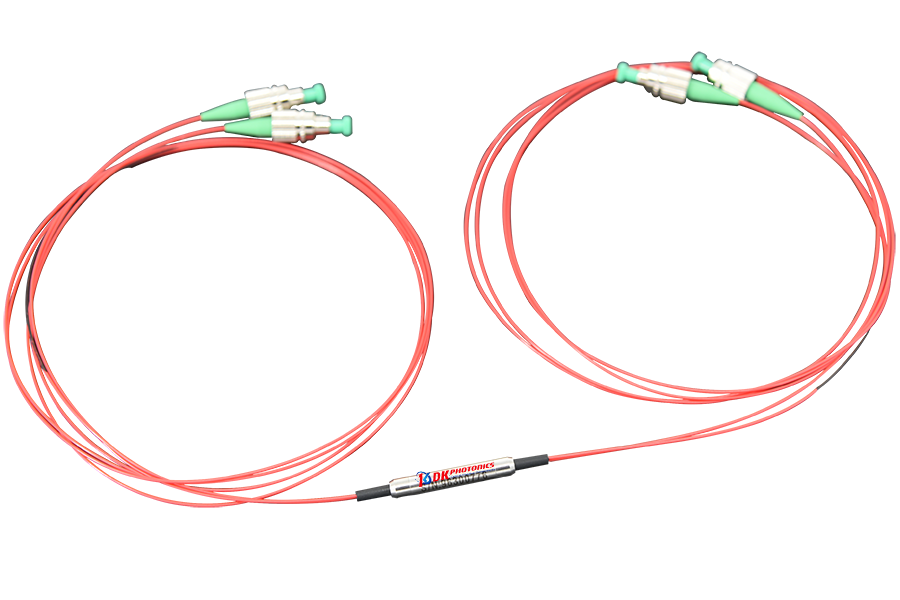PM Filter WDM components are playing an important role in Wavelength Division Multiplexing (WDM) systems. So, today, we are going to discuss what PM Filter WDM components are, what role they play in WDM systems, and more. If you also want to learn about PM Filter WDM, keep reading till the last to have a better understanding of these seemingly small yet crucial components.
What is a PM Filter WDM?
A PM filter WDM, typically, refers to optical filters that selectively transmit certain wavelengths to achieve wavelength division multiplexing while maintaining signal polarization.
PM filters for WDM are commonly characterized by low insertion loss, high return loss, high extinction ratio, and excellent environmental stability.
What Is the Role of PM Filter WDM in WDM Systems?
These filters can separate or combine optical signals of different wavelengths in a highly cost-effective way. In general, the term “filter” is very broad and can mean anything that filters out a part of incident light and transmit the rest of the light.
In WDM systems, wavelengths that are filtered and not transmitted normally reflect back in a way that they go elsewhere in the system. Common examples of such filters include mirror shades and one-way mirrors that reflect enough incident lights for you to see through them.
Most often, common PM filters can help grow the number of channels without causing any interruption in the service. Besides, due to their low network-to-express loss, these filters help achieve stacking which can be very important for scaling new wavelengths.
Things to Know About Optical Filters Used in WDM Systems
- Most filters come with an express port to pass through non-dropped/add WDM channels. When you interconnect two express ports of different filters, it forms an optical add/drop multiplexer (OADM) with east/west fiber connections.
- High filter isolation is great in removing disruptive shadow wavelengths and also allows channels that have been dropped at a node to be used elsewhere downstream.
- In WDM systems, interference filters and other technologies can also be used to separate and combine wavelengths. Although each technology is competing for providing unique advantages, none of them dominates and can help achieve the common goal of multiplexing and demultiplexing.
- There exist three different filtration technologies, namely, thin-film filters, array waveguides, and Fiber Bragg Gratings. In many cases, Fiber Bragg Gratings are more commonly used for their excellent features and efficiency. They work by reflecting specific wavelengths. Many WDM applications need the use of fiber gratings as they can pick off an individual wavelength or group of wavelengths.
Applications of PM Filter WDM
PM filter WDM can be used in both DWDM and CWDM applications and can also be used in other applications such as fiber optical amplifiers and CATV fiber optic systems.


Leave A Comment